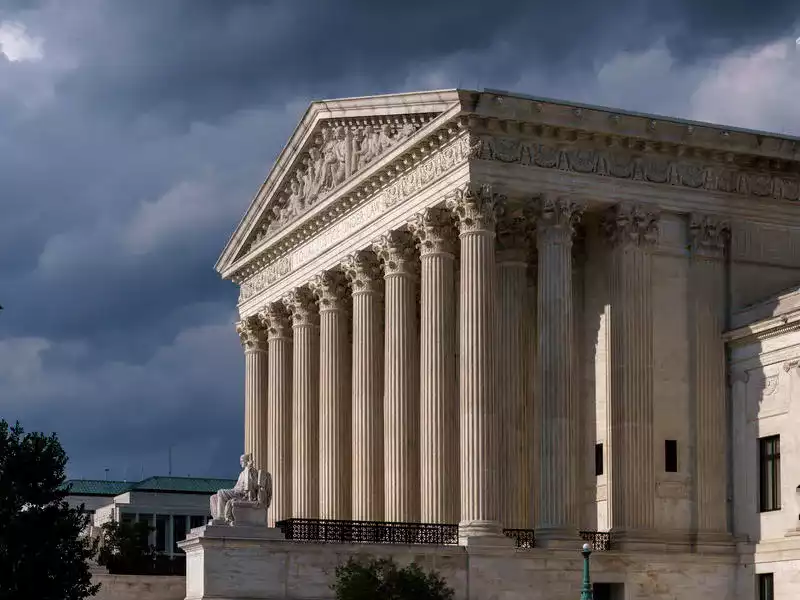The Great Western Buildings lawsuit has become a significant legal case, drawing attention from various sectors due to its implications on property development, legal accountability, and corporate ethics. This article delves deep into the intricacies of the case, exploring its background, the legal arguments presented, the implications on the real estate and construction industries, and its wider impact on corporate governance.
The Inception of the Dispute
The origins of the Great Western Buildings lawsuit lie in a dispute between the property developer, Great Western Buildings (GWB), and a group of tenants who leased commercial spaces in one of its flagship developments. The disagreement primarily stemmed from alleged construction defects that the tenants claimed had severely impacted their businesses. These defects included structural issues, poor electrical wiring, and inadequate safety measures.
Escalation and Legal Proceedings
As complaints from the tenants increased, Great Western Buildings Lawsuit initially attempted to resolve the issues through internal channels. However, the tenants, dissatisfied with the responses and actions taken by GWB, escalated the matter by filing a lawsuit. The legal claim centered around breach of contract, negligence, and violation of state building codes. The lawsuit quickly gained media attention due to the scale of the development and the number of businesses affected.
Tenants’ Claims
The tenants’ legal team presented a robust case, arguing that GWB had failed to deliver a property that was fit for purpose. They pointed to specific instances where the building did not meet state-mandated safety and construction standards. Expert witnesses, including architects and structural engineers, were brought in to substantiate these claims.
Great Western Buildings’ Defense
In response, GWB’s legal team argued that the company had adhered to all relevant building codes and regulations. They suggested that any issues were due to improper use or modifications made by the tenants. GWB also highlighted their attempts to address complaints prior to the lawsuit.
Court Proceedings and Key Testimonies
The case, which ran for several months, saw a series of testimonies from both sides. Notable were the testimonies from independent construction experts and former employees of GWB, some of whom supported the tenants’ claims of negligence in the construction process.
Impact on Building Standards and Regulations
One of the key outcomes of the lawsuit was the spotlight it cast on building standards and regulations. Irrespective of the lawsuit’s outcome, it raised questions about the adequacy of current standards and the enforcement of building codes. Industry experts debated whether reforms were needed to prevent such disputes in the future.
Influence on Corporate Practices in Construction
The lawsuit also served as a wake-up call for construction companies and property developers. It highlighted the need for stringent quality control measures and more transparent communication with clients. Many in the industry began to reassess their practices to avoid similar legal entanglements.
Lessons in Corporate Ethics and Responsibility
The Great Western Buildings lawsuit transcends the construction industry, offering lessons in corporate ethics and responsibility. It underscores the importance of accountability in business operations, especially in sectors where poor practices can have significant safety implications.
Influence on Stakeholder Relationships
The case also sheds light on the dynamics of stakeholder relationships in business. It demonstrates the potential consequences of neglecting the concerns of key stakeholders, in this case, the tenants, and the ripple effect it can have on a company’s reputation and legal standing.
Conclusion
In conclusion, the Great Western Buildings lawsuit is a landmark case with far-reaching implications. It serves as a stark reminder of the need for adherence to quality standards in construction, the importance of corporate responsibility, and the impact of stakeholder relationships on a company’s success. As the legal world, the construction industry, and corporate entities closely watch the unfolding of this case, it stands as a pivotal moment in real estate and corporate law, potentially setting precedents for future disputes in similar domains.
